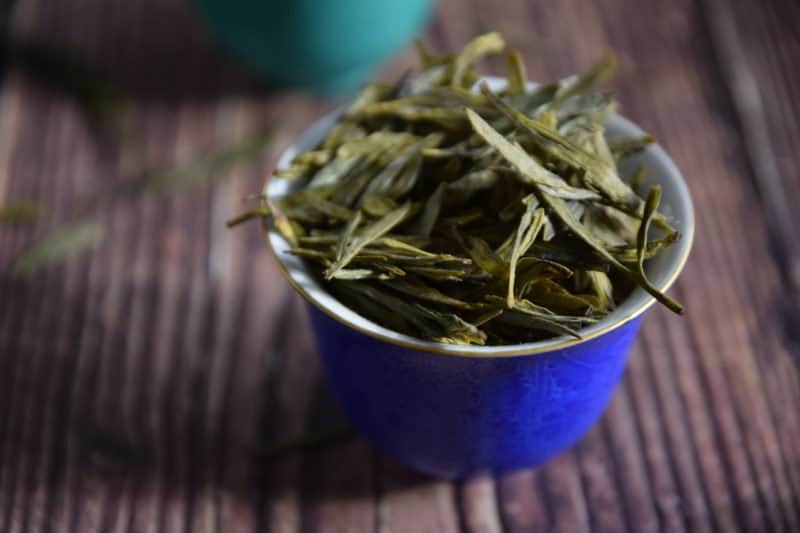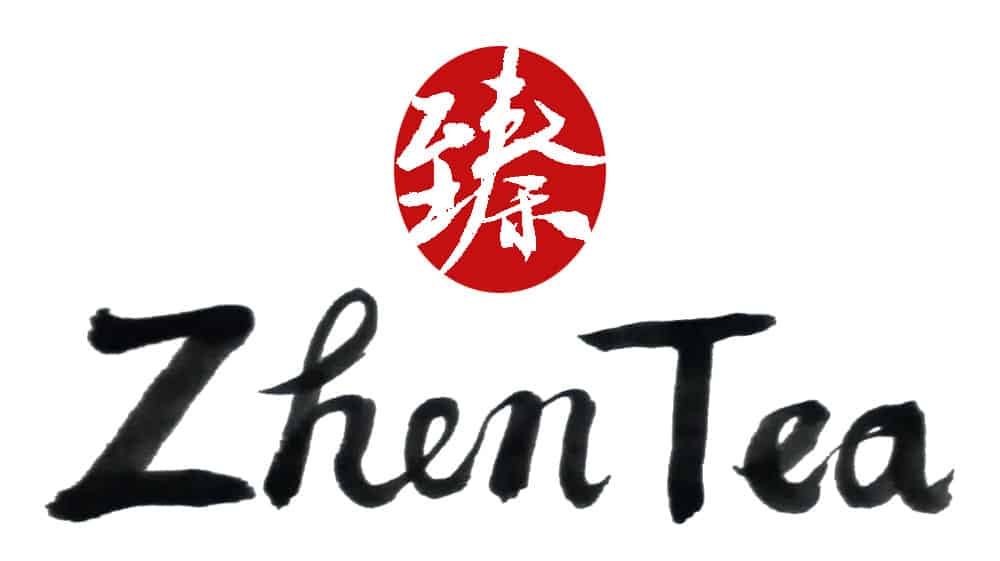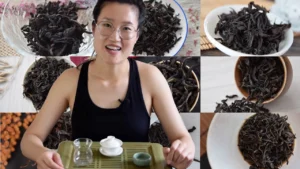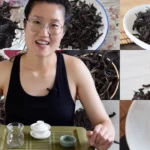How to make green tea so that it taste the best? In this post, we will share with you 3 different ways of brewing loose leaf green tea, as well as some of the best tips and hacks to help you brew up a perfect cuppa. If you’ve been exploring the world of green tea, you probably noticed that there are many many different green teas varying in look and taste. Even teas with the same name can look and taste differently from vendor to vendor. It’s also possible that you were gifted a tea and you have no idea what kind of green tea it is. How can you brew up a perfect sip for yourself?
This how-to-brew article will navigate you away from the traditional logic of first figuring out what tea it is and then deciding how to brew it. Instead, we will focus on observing the appearance of the tea leaves and brew them accordingly, so that whether you know what tea it is or not, you’ll always know how to brew it.
This video below demonstrate step by step how to make green tea. Please feel free to follow along when you are making green tea at home.
What is the best vessel to brew green tea?
The recommended brewing vessel for premium loose leaf green tea is the glass. The glass is best for enjoying the beautiful hand-plucked tea buds dancing in the water as we pour it over them and as they infuse. Besides being a great opportunity to observe and appraise the quality of not only the plucking seeing the leaves also tells us about the terroir, the season, the craftsmanship, etc. Of course, feel free to use a gaiwan, a traditional teapot, or a regular mug. They are all great vessels for tea brewing.
How many leaves should I put when making green tea?
The rough leaf to water ratio for brewing green tea is about 1 to 50, which will be the guideline for this video as well. But never hesitate to adjust. Some people might like their green tea stronger while others enjoy a milder sip. We are brewing for ourselves, so it’s not about right and wrong but finding what suits us the best
What’s the best water temperature when brewing green tea?
The recommended green tea brewing temperature is usually about 80ºC~90ºC. Feel free to lower the water temperature if you find that a green tea brewed with this temperature is too astringent or bitter for you. You can also use boiling water to brew if you have a fine tasting grade green tea. The key to brewing green tea, or any tea, is to adjust and find your sweet spot.
Do I need to rinse green tea?
We don’t suggest rinsing green tea as the rinse brew washes away a lot of the tea fuzz, or trichomes, which are highly valued in tasting grade green tea. Moreover, most of the nutrition and health benefits of the tea will be lost with the rinse.

How to brew fluffy green tea?
Xia Tou Fa
Xia tou fa means putting the tea leaves in the glass first, then fill the water up. This way is best for teas that have a puffier look, meaning they are bulkier, have a larger volume compared to their weight. These kinds of green tea leaves also take longer to sink down to the bottom once brewed. In this video, we are infusing Huangshan Mao Feng as an example. It’s rich and sweet, refreshing and brisk, with a lingering aftertaste, making it one of the most famous green teas in China.
What’s the best way to make green tea?
Zhong Tou Fa
Zhong tou fa is one of the best ways to brew tender, young green tea, especially tasting grade green tea. The uniqueness of zhong tou fa is that there’s an extra step during brewing where the tea leaves have a brief moment with a small amount of water. This is a great chance for us to enjoy the aroma of the tea. Anji Bai Cha features its pale green leaves, rich in L-theanine, giving it a very xian, umami, and sweet taste. The smelling step helps demonstrate the delicate and elegant aroma of fine green tea. Once the leaves are gently and evenly saturated, it’s time to fill the cup. If you prefer to brew green tea without too much thinking or deciding, this is the way to go since it works with (just about) any green tea.
How to brew fuzzy green tea?
Shang Tou Fa
This rather odd brewing method is ideal for extremely small, tender tea leaves with tight curls, especially those with an abundance of tea fuzz, such as Bi Luo Chun or Mengding Gan Lu. Look at this ugly tea, so hairy and fuzzy, tiny tiny leaves bundled together, we can hardly tell them apart. And it’s more grey than green. However, this is what a top-grade Bi Luo Chun should look like. This Bi Luo Chuo’s ridiculous richness in tea fuzz will make the liquor very cloudy if we don’t use the shang tou fa method. The young tea buds and leaves sprout in early spring and are only half to quarter the size of my pinky nails. It’s entirely handmade using the traditional method and even includes the hui guo step, which is now omitted in the green tea process to allow for faster production. If you ever consider spending a handsome sum on top-notch Bi Luo Chun, please use the look of this Bi Luo Chun as a reference. It will help reduce the chance of you getting a counterfeit. I’ll definitely use boiling water for this tea. It will be too wasteful to brew it at a low water temperature. Boiling water brings out the best of a fine tea.
The biggest tea brewing mistake
The biggest misunderstanding about teas and tea brewing is that the good teas are delicate and you have to brew them precisely, or that you will ruin your high-quality tea if you brew it wrong. The fact is, the better the quality of tea, the more forgiving it is to brew. But, by brewing it properly, we can bring out and fully enjoy the details and nuances in taste that mark the tea as a next-level tasting experience.
In this article, we shared with you some basic rules and guidelines for brewing different green teas. And the video also demonstrated step by step how to do it at home easily, using Huangshan Mao Feng, Anji Bai Cha, and Bi Luo Chun as examples. I hope that you can proceed to brew various green tea with confidence now, even the more esoteric ones. But what about Taiping Hou Kui? The biggest green tea. Which method would you use to brew Taiping Hou Kui? Share your thoughts by commenting below, we’d love to know.









